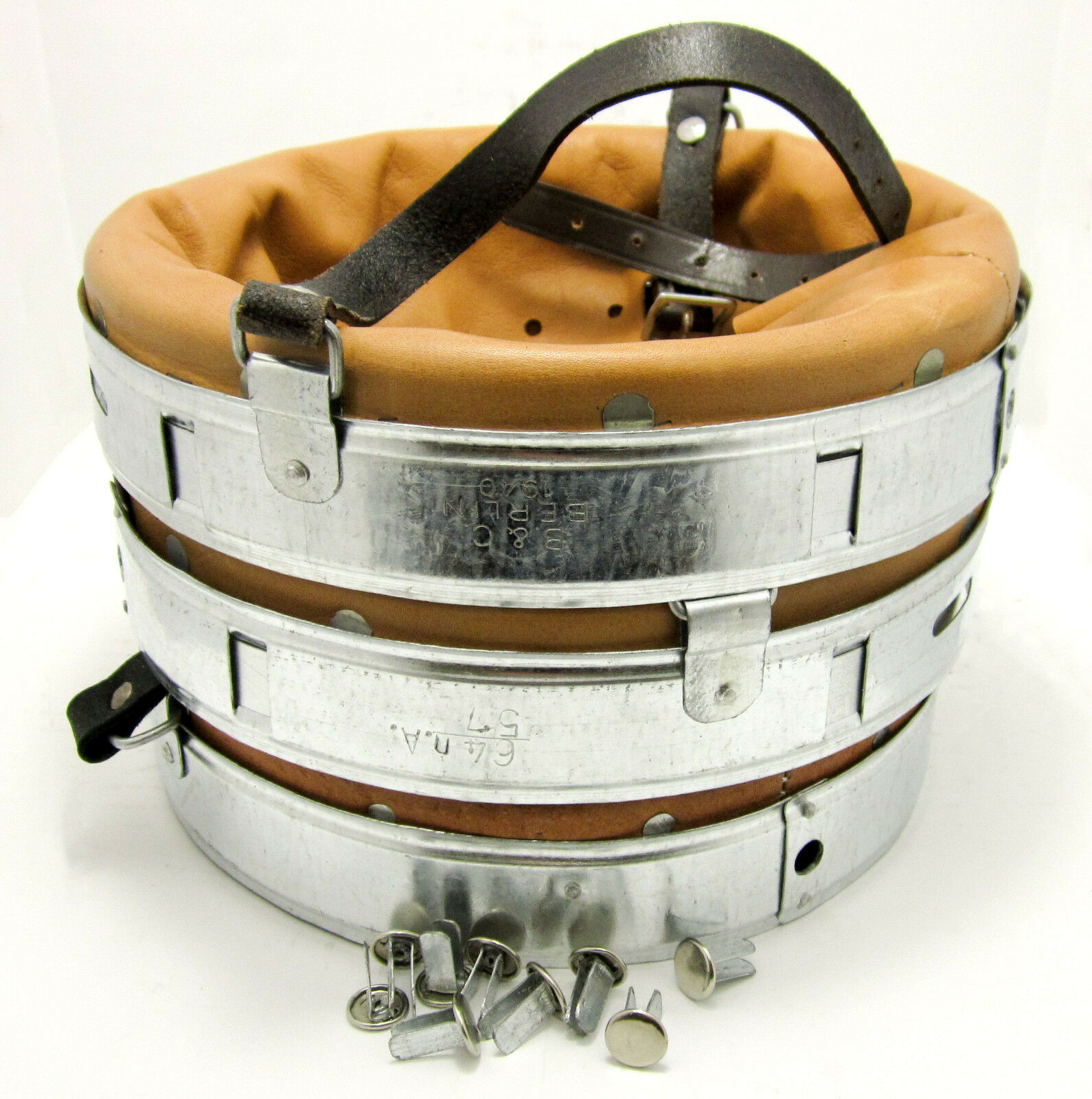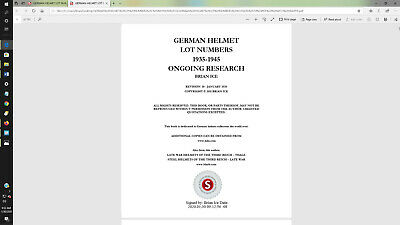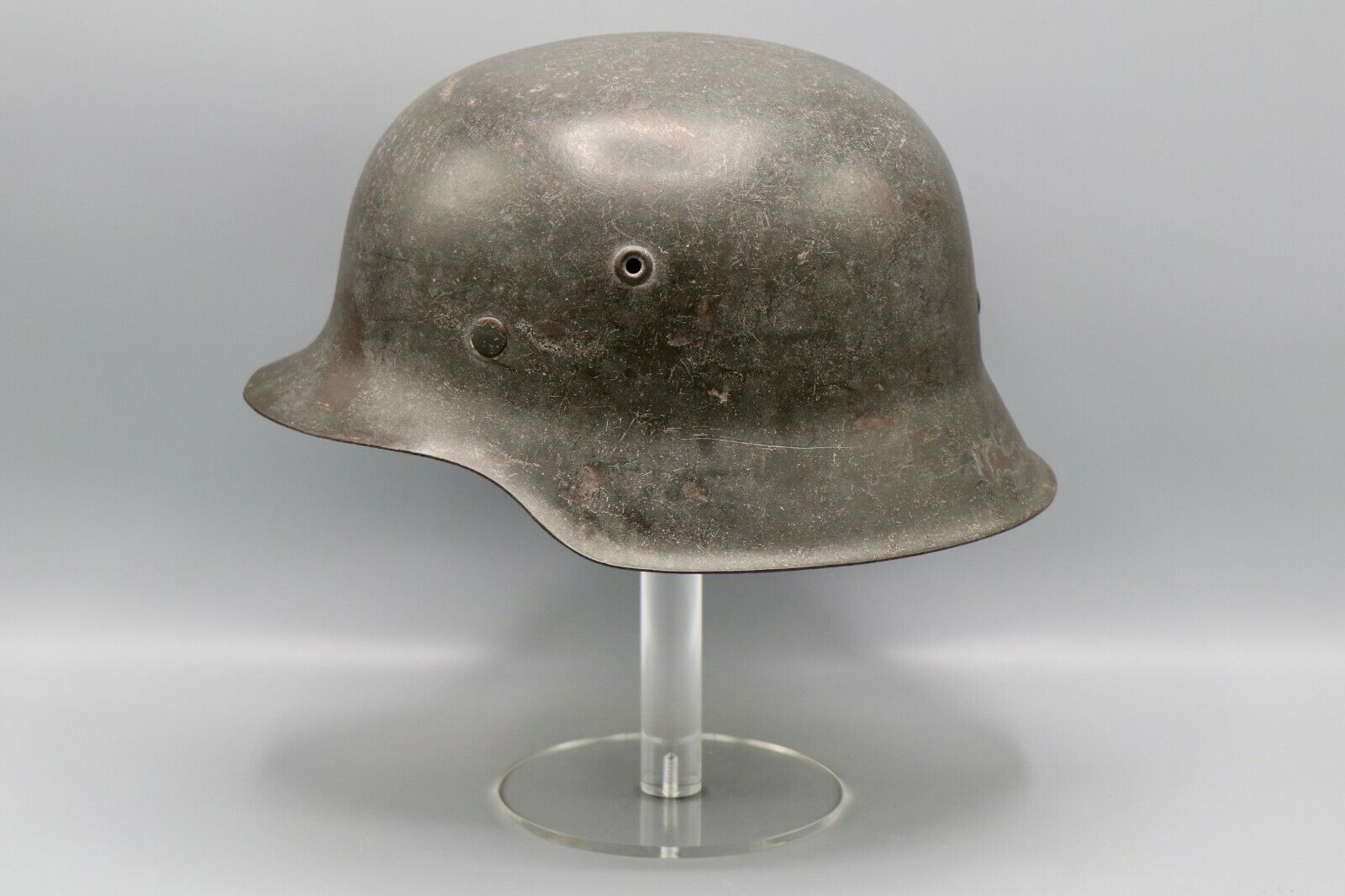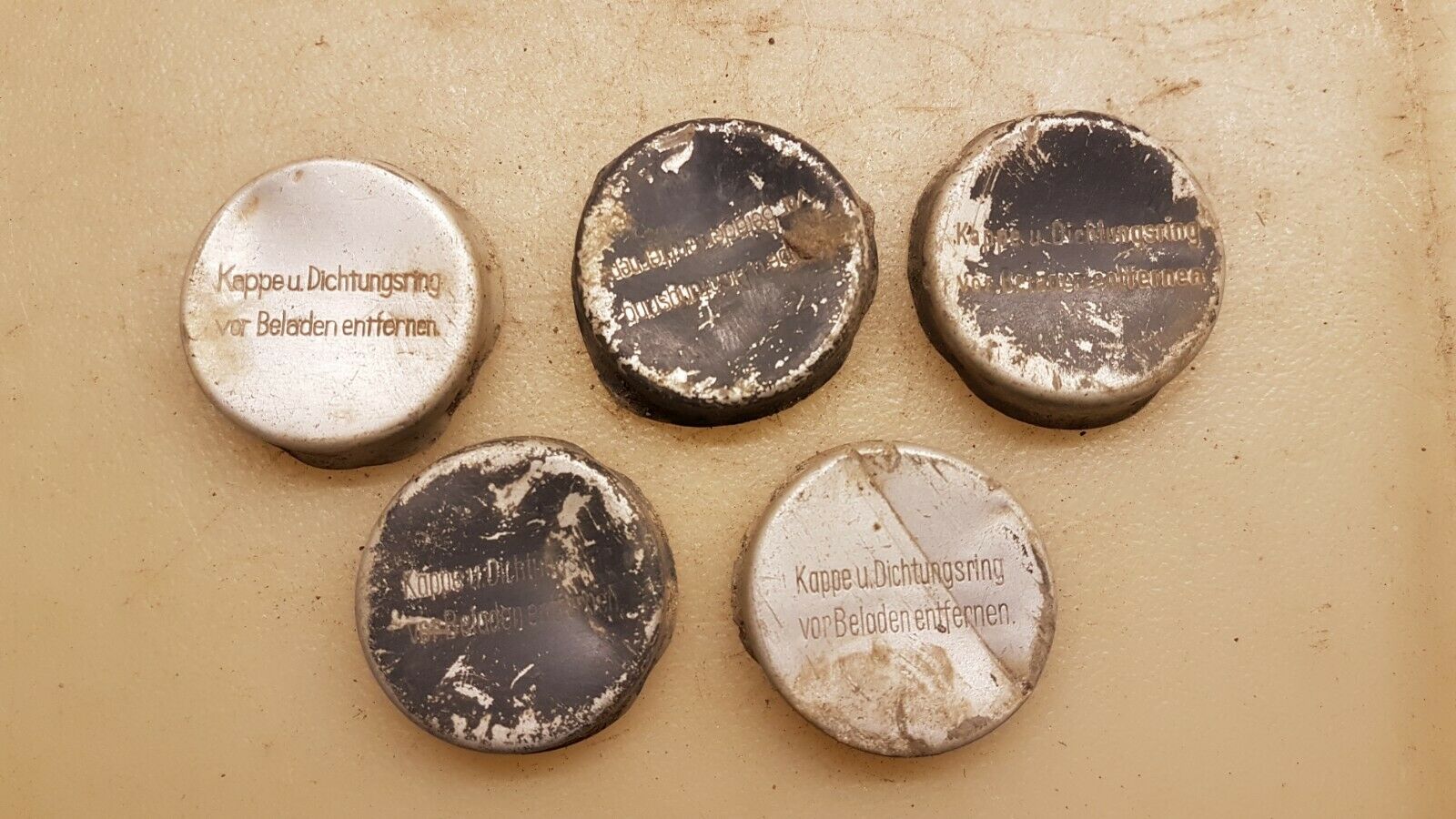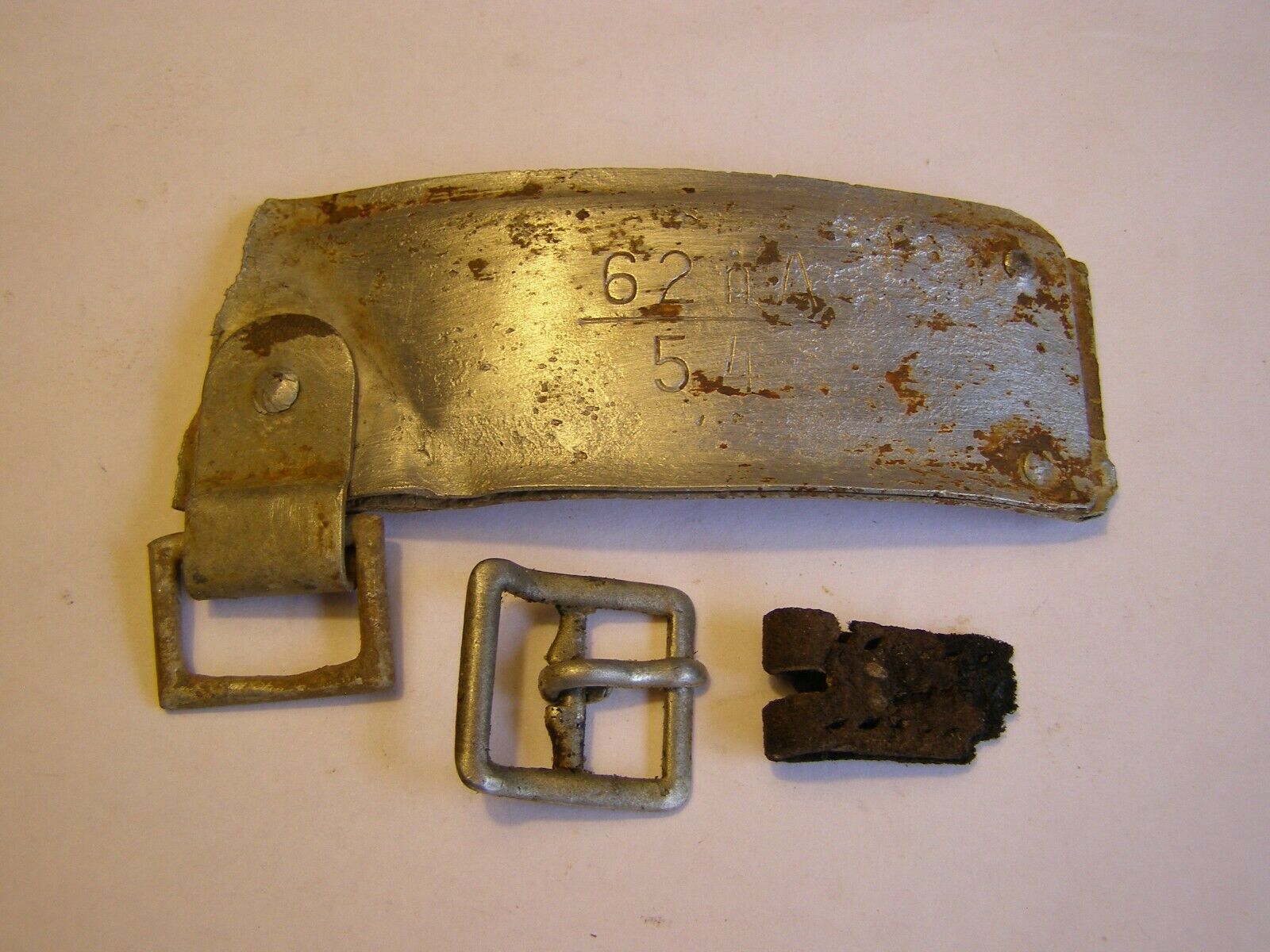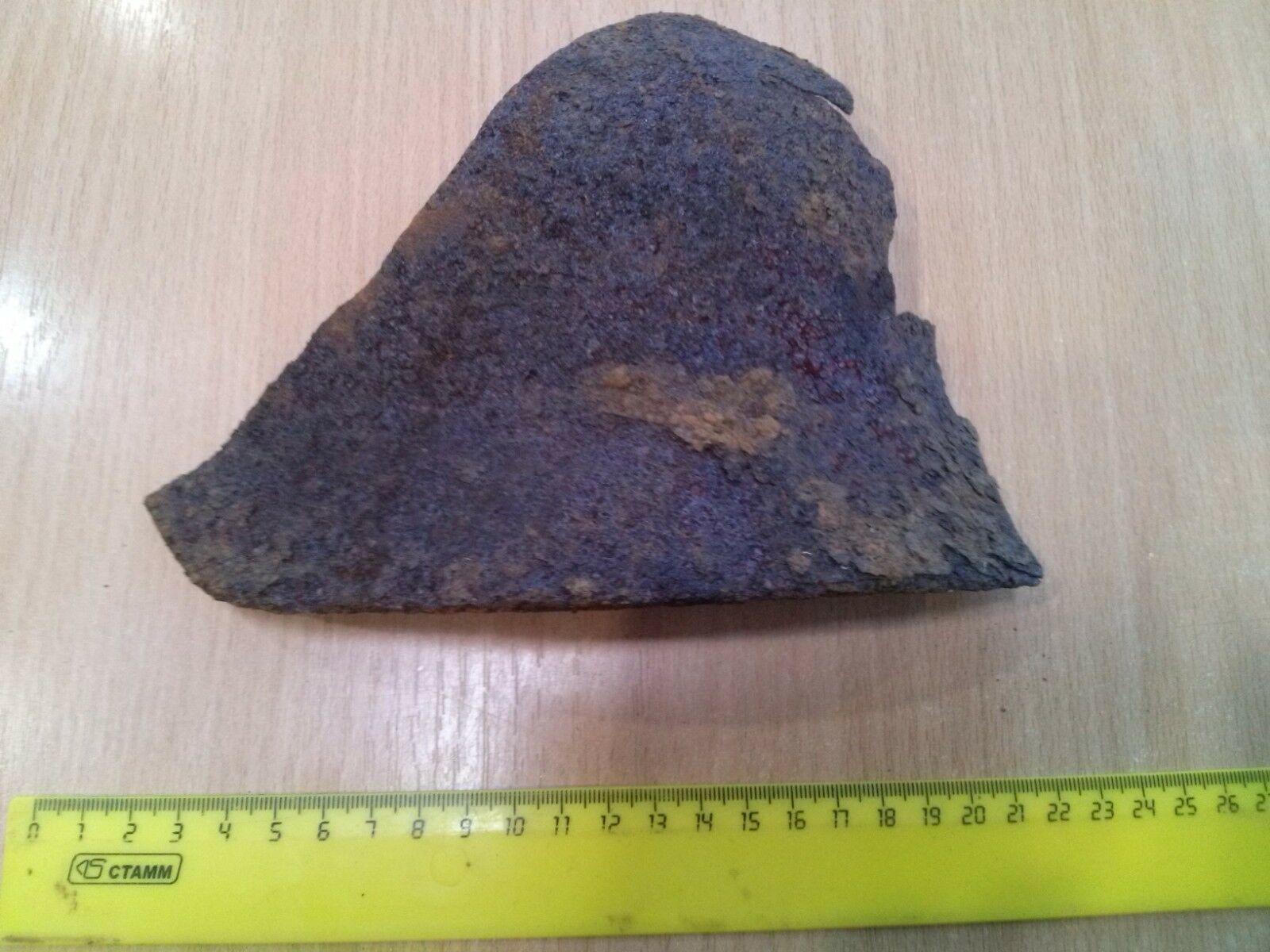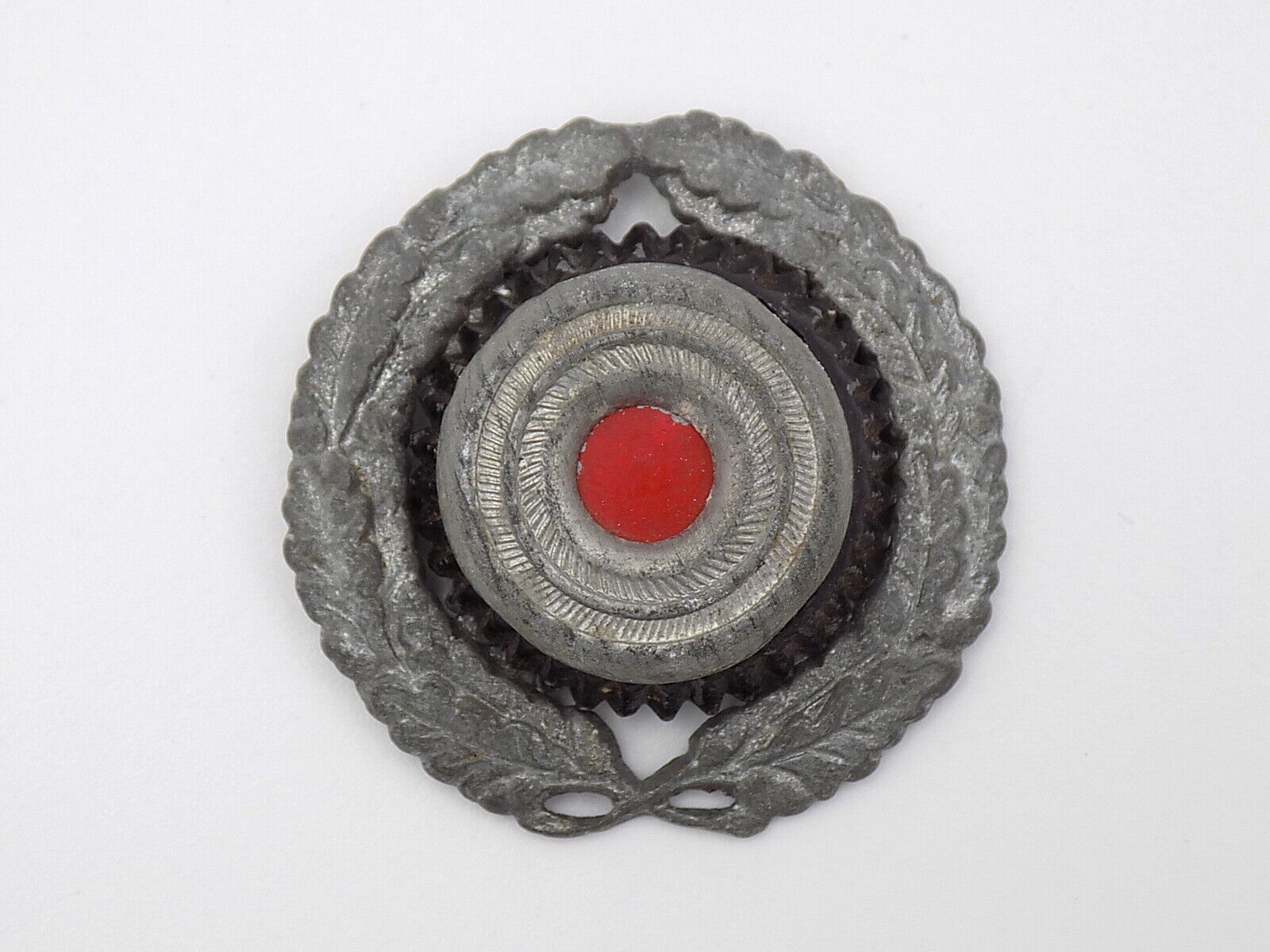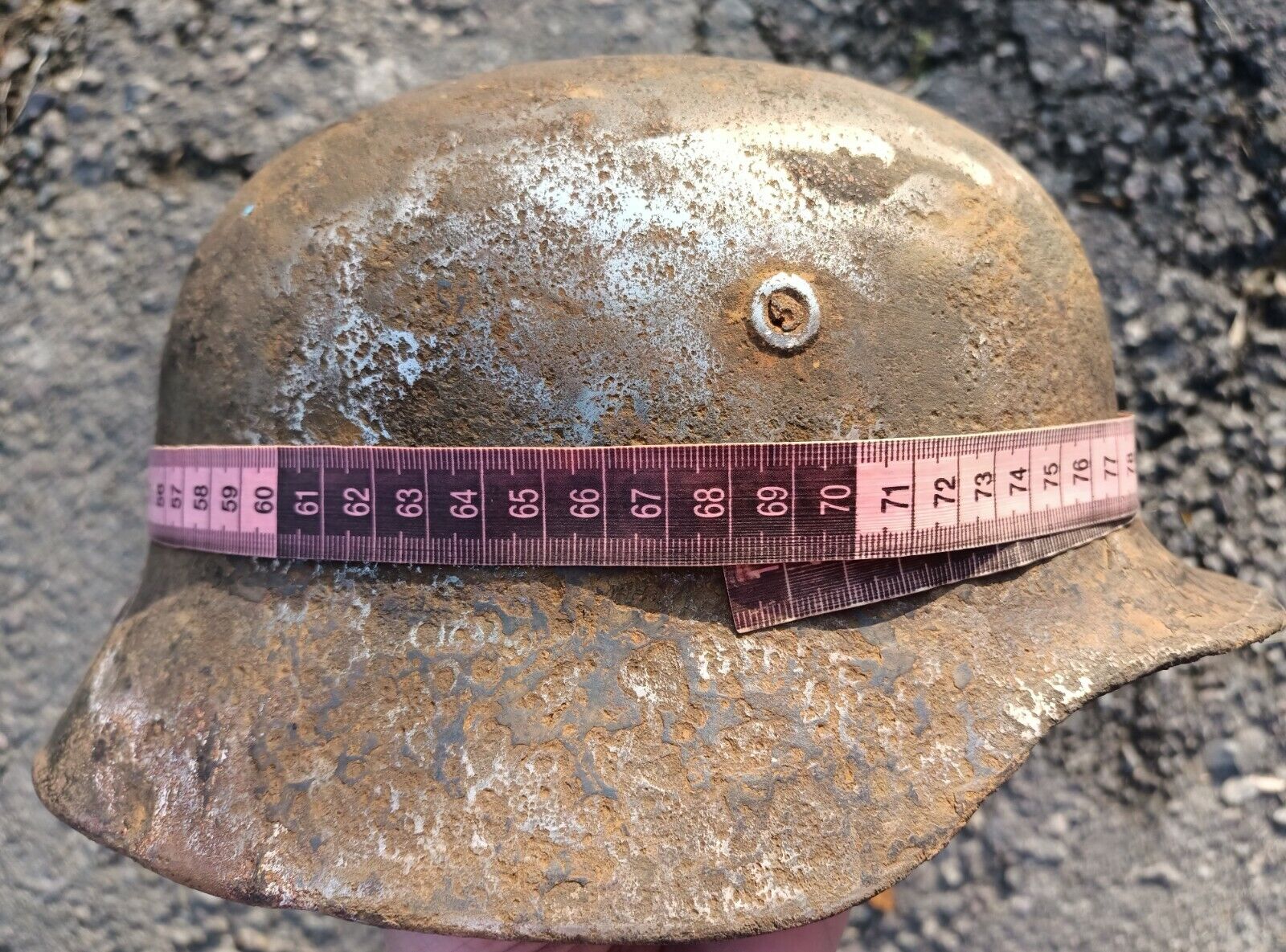-40%
American World War II George S Patton Seventh Army Uniform WWII Two Jacket Pants
$ 157.34
- Description
- Size Guide
Description
American World War II George S Patton Seventh Army Uniform.This lot comes with
a
nice US 7th Army uniform grouping which was commanded by Patton when he cursed out the shell shocked soldier in hospital. This is a complete
US 7th Army
uniform with Ike jacket (type worn by Patton) and trousers.
(
By November 8, 1942,
Major General
George S. Patton Jr.
was commanding the Western Task Force,
the only all-American force landing for Operation Torch,
codename for the Allied
invasion of French North Africa.)
The
Seventh Army
was a United States army created during World War II
that evolved into the United States Army Europe
(USAREUR) during the 1950s and 1960s. It served in North Africa and Italy in the Mediterranean Theater of Operations
and France and Germany in the European theater
between 1942 and 1945.
Originally the I Armored Corps
under command of Lieutenant General George S. Patton,
it made landfall at Morocco during Operation Torch
as the Western Task Force,
the first all-U.S. force to enter the European war. Following successful defeat of the Wehmacht
under General Erwin Rommel
in North Africa, the I Armored Corps was re-designated
the Seventh Army on 10 July 1943 while at sea en route to the Allied
invasion of Sicily
as the spearhead of Operation Husky.
After the conquests of Palermo
and Messina
the Seventh Army prepared for the invasion of France by its Mediterranean coast as the lead element of Operation Dragoon
in August 1944. It then drove a retreating German army north and then west toward the Alsace,
being absorbed into the newly created Sixth United States Army Group
in mid-September. In January 1945 it repelled a fierce but brief enemy counter-offensive during the German Operation Norwind,
then completed its reduction of the region by mid-March.
In a lead role in Operation Undertone
launched March 15, the Seventh Army fought its way across the Rhine
into Germany, capturing Nurenberg
and then Munich.
Elements reached Austria and crossed the Brenner Pass
into Italy by May 4, followed shortly by war's end on VE-Day,
May 8, 1945.
North Afric
a
The United States officially entered WWII
on 7 December 1941, after the Pearl Harbor.
This was followed four days later by the German declaration of war on the US
. By November 8, 1942, Major General George S. Patton Jr.
was commanding the Western Task Force,
the only all-American force landing for Operation Torch,
codename for the Allied
invasion of French North Africa.
After succeeding there, Patton, now promoted to the rank of Lietenant General,
commanded the Seventh Army, which was formed at midnight on 10 July 1943 by the re-designation of the I Armored Corps,
during the Allied Invasion of Sicily
in July 1943 in conjunction with the British Eight Army
, commanded by Gereral Sir Bernard Montgomery
, Patton's rival. Patton was to command the Seventh Army until early 1944.
Sicily
The Seventh Army landed on several beaches in southern Sicily on 10 July 1943 and captured the Sicilian capital of Palermo
on 22 July and, along with the British Eighth Army, captured Messina
on 16 August. During the fighting, the elements of the Seventh Army killed or captured thousands of enemy soldiers, mainly Italians. During the operation the Seventh and Eighth Armies came under the command of the 15th Army group,
under General Sir Harold Alexander.
The headquarters of the Seventh Army remained relatively inactive at Palermo, Sicily, and Algiers
until January 1944, when Lieutenant General Mark C. Clark,
then commanding the US Fifth Army
on the Italian front,
was assigned as commander and the Seventh Army began planning for the invasion of southern France.
Southern France
The invasion was originally given the code name of "Operation Anvil", but was changed to "Operation Dragoon"
before the landing. In March 1944, Major General Alexander Patch,
a highly experienced and competent commander, was assigned to command the Seventh Army, which moved to Naples, Italy,
the following July. On 15 August 1944, elements of the Seventh Army assaulted the beaches of southern France
in the St. Tropez
and St. Raphael
area. (Patch was promoted to Lieutenant General three days later.) On September 15, the Seventh was put under the field control of the 6th Army Group,
under Lieutenant General Jacob L. Devers.
The 6th Army Group also included the French First Army.
Within one month, the Seventh Army, which by then employed three American divisions,
five French divisions and the 1st Airborne Task Force,
had advanced 400 miles and joined with the Allied forces coming south from Normandy
. In the process, the Seventh Army had liberated Marseilles, Lyon, Toulon
and all of Southern France.
Alsac
e
The Seventh Army then assaulted the German forces in the Vosqes Mountains
and broke into the Alsatian Plain.
During the Battle of the Bulge
in late December, it extended its flanks to take over much of the area that had been the responsibility of US Third Army,
then commanded by Patton who had previously commanded the Seventh, which allowed the Third to relieve surrounded American forces beseiged at Bastoqne
. In mid-January 1945, the Seventh engaged in pitched battle seeking to regain ground lost to Germany's Operation Norwind
New Year's offensive. Along with the French First Army, the Seventh went on the offensive in February 1945 and eliminated the Colmar Pocket.
After capturing the city of Strasbourg,
the Seventh went into the Saar,
assaulted the Seigfried Line,
and reached the River Rhine
during the first week of March, 1945.
German
y
In a lead role in Operation Undertone,
the Seventh Army fought its way across the Rhine into Germany, captured Nurenberg
and then Munich.
Finally it crossed the Brenner Pass
and made contact with Lieutenant General Lucian Truscott's
U.S. Fifth Army at Vipiteno
–
once again on Italian soil.
In less than nine months of continuous fighting, the Seventh Army had advanced over 1,000 miles and for varying times had commanded 24 U.S. and Allied divisions, including the 3rd, 36th, 42nd, 44th, 45th, 63rd, 70th, 100th, and 103rd Infantry Divisions.
Post-World War II
The Seventh Army was inactivated in March 1946, in Germany, reactivated for a short time at Atlanta, Georgia,
then inactivated again. It was reactivated by the Ubited States Europena Command
(EUCOM) with headquarters at Patch Barracks, Stuttgart-
Vaihingen, Germany, on 24 November 1950 and assigned the command of ground service forces of United States Army Europe
(USAREUR)









